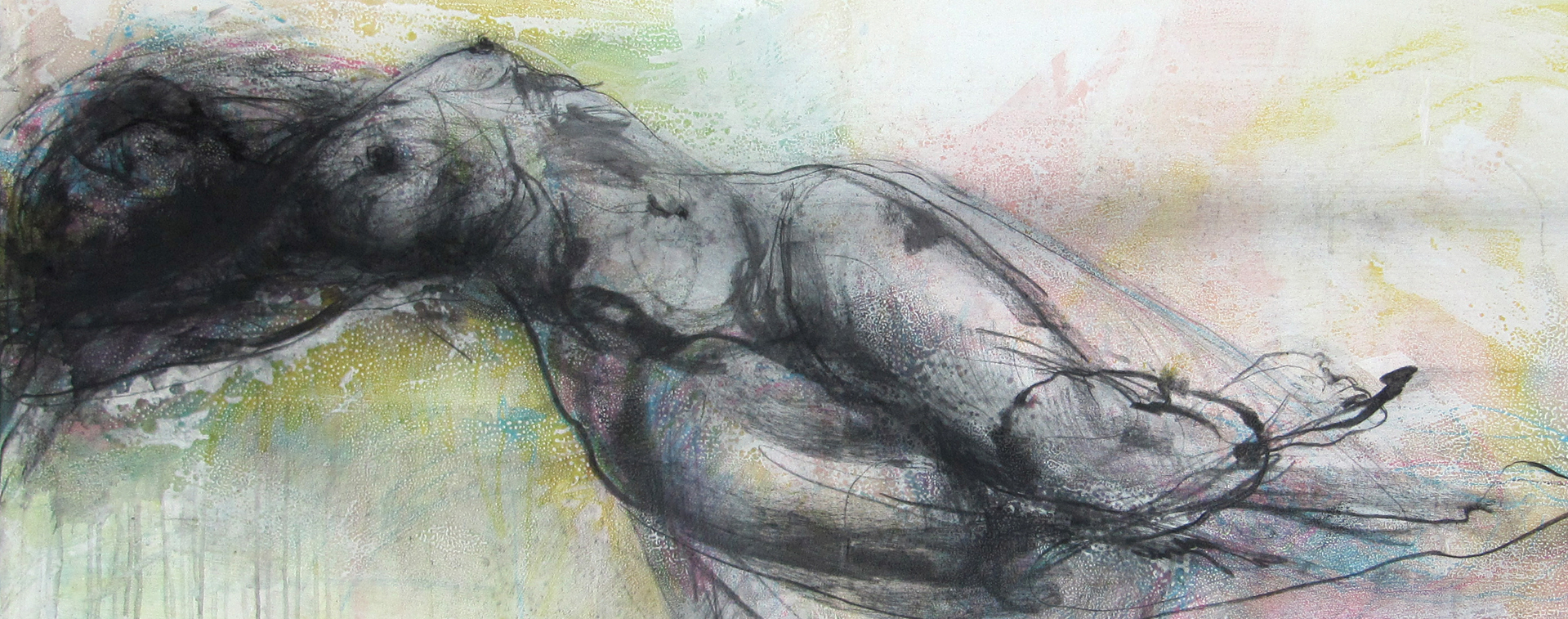DAVID CAMINER
PLASTIC SURGEON
A CONFIDENTIAL ENQUIRY
A CONFIDENTIAL ENQUIRY
A CONFIDENTIAL ENQUIRY
A CONFIDENTIAL ENQUIRY
FAT GRAFTING (Autologous Fat Transfer)
Fat is not what it seems. Looking at fat and its connotations these days one does not want anything to do with it. Fat however, has some redeeming features and seems that it is an unbelievable tissue.
There has been a lot of hype in recent years about stem cells and a great source of these stem cells seems to be in fat. There is still a lot to be learnt about fat but thus far fat seems to have a lot of uses and is growing in popularity.
I have been fat grafting now for many years as have a lot of plastic surgeons around the world. It is just coming to the fore over the last few years that fat has a lot of healing and regenerative properties that are very useful besides being able to use and transfer fat for contouring. Fat for contouring has become quite popular and in my opinion will become a huge part of reconstructive surgery especially when it comes to breast reconstruction and breast augmentation. Breast reconstruction over the next decade will be overtaken with fat transfers. There will be much less large open surgery, much less implants being used but for present day fat grafting is still in its infancy.
The other great aspect of fat are the properties that it instils to the overlying skin. The quality of the skin undoubtedly improved with putting fat underneath it. One does not know exactly why this happens but it certainly does happen and the consistency and the look of the skin is vastly superior once one puts new fat under it.
There seems to be some advantage of the stem cells from the fat, which come into their own once an area is traumatised so the trauma of putting the fat in as well as the fat being there seems to be symbiotic giving rise to better looking skin. The elastic tissue in the skin seems to revitalise the old elastic fibres that one sees with age.
On chatting to some surgeons from around the world who are quite prominent with regard to fat grafting. Dupuytrens contracture which is a disease of scar tissue build up in the hand which is generally improved by fairly extensive open operations with large scars is now being dealt with by dividing these small cords which pull in the fingers and injecting fat into the area. This seems to help immensely.
There have been suggestions of fat improving areas of synkinesis or abnormal muscle contractions with people who have recovered from facial palsies. Nerve injuries seem to be helped by injecting fat into these areas. Similarly areas of scarring are also helped by fat injections.
Where are fat grafts used today?
- Breast reconstruction
- Breast augmentation
- Contour defects around the body from surgery, accidents, disease or congenital deformities
- Facial augmentation alone or combined with facelifting
- Penile augmentation
- Labial augmentation
- Lip augmentation
- Areas of ulceration
- Disease such as schleraderma, and dupytrons contractures
A few final words
With regard to breast reconstruction and breast augmentation, fat can be used as long as one has enough fat available. In future this might be the way to go regarding both augmentation and reconstruction.
Today breast augmentation with implants is still quicker, cheaper and more predictable. However, should one not want implants fat would be a very attractive alternative. The downsides of fat would be that it is a little less predictable than implants but still fairly predictable. It might require a few operations in getting the complete desired result. Breast augmentation with fat at present is also a lot more expensive.
Fat has also been used in areas of radiotherapy ulcers or necrosis. We used to have to debride or clear the area of the abnormal tissue and then put large flaps on these areas. These days probably a debridement with some fat injections into the area would heal these areas of ulceration.
As I have said, fat is not all what it seems but fat is certainly here to stay.
Send A Confidential Enquiry Meet Dr David Caminer

